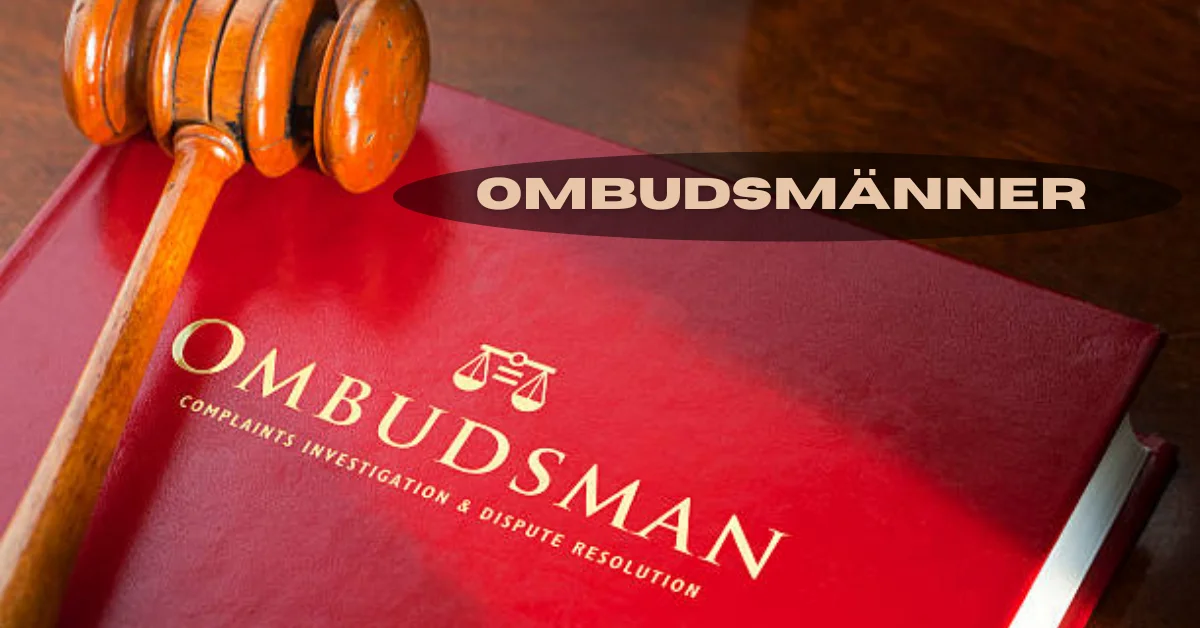The Essential Guide to Math Tuition for Primary School Students

As a parent or teacher, you’ve probably seen that moment when a child hits a wall with math. It’s frustrating for everyone involved, especially in those early primary years when the basics are being set in stone. Math tuition can step in as a real lifesaver here, offering extra support to help kids not just get by, but actually thrive. In this guide, we’ll explore what makes primary math tuition so valuable, the options out there, and how to make smart choices. I’ll draw from common experiences and insights to keep things practical and straightforward.
Why Consider Math Tuition in Primary School?
Primary school covers the foundational stages, usually for children between ages 6 and 12. This is when they learn core concepts like addition, subtraction, fractions, and basic geometry. But let’s face it: not every classroom setup works for every kid. With larger class sizes and diverse learning speeds, some students fall behind while others race ahead. That’s where math tuition primary comes into play – it’s targeted help that reinforces what’s taught in school.
Exploring the Types of Math Tuition
When it comes to tuition formats, there’s no one-size-fits-all. You’ve got several paths to choose from, each with its own strengths.
One-on-One Tutoring
This is like having a dedicated mentor. A private tutor tailors lessons to your child’s specific needs, whether it’s mastering multiplication tables or understanding shapes. The flexibility is a big plus – sessions can focus on weak spots without the pressure of a group. Of course, it often costs more, typically between $30 and $80 per hour, depending on the tutor’s experience and your location. But for kids who need that personal touch, it’s invaluable.
Group Classes
If your child enjoys learning with peers, group tuition might be ideal. These sessions usually involve 5 to 15 students, making them more affordable while still offering individual attention. The social aspect can make math feel less intimidating; kids often motivate each other through discussions or team activities. Picture a small class working on division problems together – it turns abstract concepts into something collaborative and fun.
Online and Hybrid Options
The rise of digital tools has made online tuition a game-changer. Platforms like Khan Academy or specialized apps provide live video sessions, interactive quizzes, and even gamified learning. No need to drive anywhere, and schedules are often flexible for busy families. However, it requires a reliable internet connection and some comfort with screens. Hybrid models combine online elements with occasional in-person meetings, giving the best of both worlds. For visual learners, animations and virtual manipulatives can make tricky ideas click.
Each type has its place, so consider your child’s personality. Does she prefer quiet, focused time or energetic group interactions? Testing a few options can help you decide.
How to Select the Best Math Tuition Program
Picking the right tuition isn’t about grabbing the first option that pops up. It takes a bit of research to ensure it fits your child’s needs.
Start with credentials. Look for tutors or centers with solid backgrounds in education, perhaps certified in primary math syllabuses like those from Cambridge or local standards. Reviews from other parents are crucial – check online forums or ask around in your community. What do they say about the teaching style? Effective tutors go beyond rote learning; they use real-world examples, like calculating shopping discounts, to make math relevant.
Involve your child in the process. Many places offer trial sessions, so attend one and observe. Does the tutor engage them? A good connection can make all the difference. Budget is key too – balance cost with quality. And don’t overlook logistics: for in-person classes, choose something nearby to avoid added stress.
Practical Tips for Parents to Maximize Benefits
Tuition works best when it’s part of a bigger support system. As a parent, you play a starring role.
First, foster a positive home environment. Incorporate math into daily life – measure ingredients while cooking or count change at the store. Games like Sudoku or apps such as Mathletics can make practice enjoyable without feeling like extra work.
Consistency matters more than intensity. Aim for short, regular sessions rather than marathon crams. Track progress by chatting with the tutor and school teacher regularly; this teamwork ensures everyone’s on the same page.
Watch for red flags that tuition might be needed: avoidance of math tasks, consistent errors in basics, or comments like “I’m bad at this.” Address them promptly to build resilience. And always praise effort – it encourages a growth mindset over fixed abilities.
The Broader Impact and Final Thoughts
In today’s tech-driven world, strong math foundations aren’t optional; they’re essential for future opportunities. Primary tuition isn’t about creating mini geniuses but about equipping kids with tools for success. Countries like Singapore exemplify this, with their emphasis on conceptual understanding leading to top global performance.
That said, not every child requires tuition. If yours is doing fine with school alone, great! But if there’s a hitch, exploring options could prevent minor issues from becoming major hurdles. Costs vary widely – from $20 per group session in some areas to higher for personalized help – so shop around.
In the end, math tuition for primary students can transform challenges into strengths. By understanding why it helps, weighing your choices, and staying involved, you’re investing in your child’s confidence and future. If you’re unsure where to start, a simple trial could reveal hidden potential. After all, every kid deserves to feel capable in math.




